Industry Engagement and Innovation
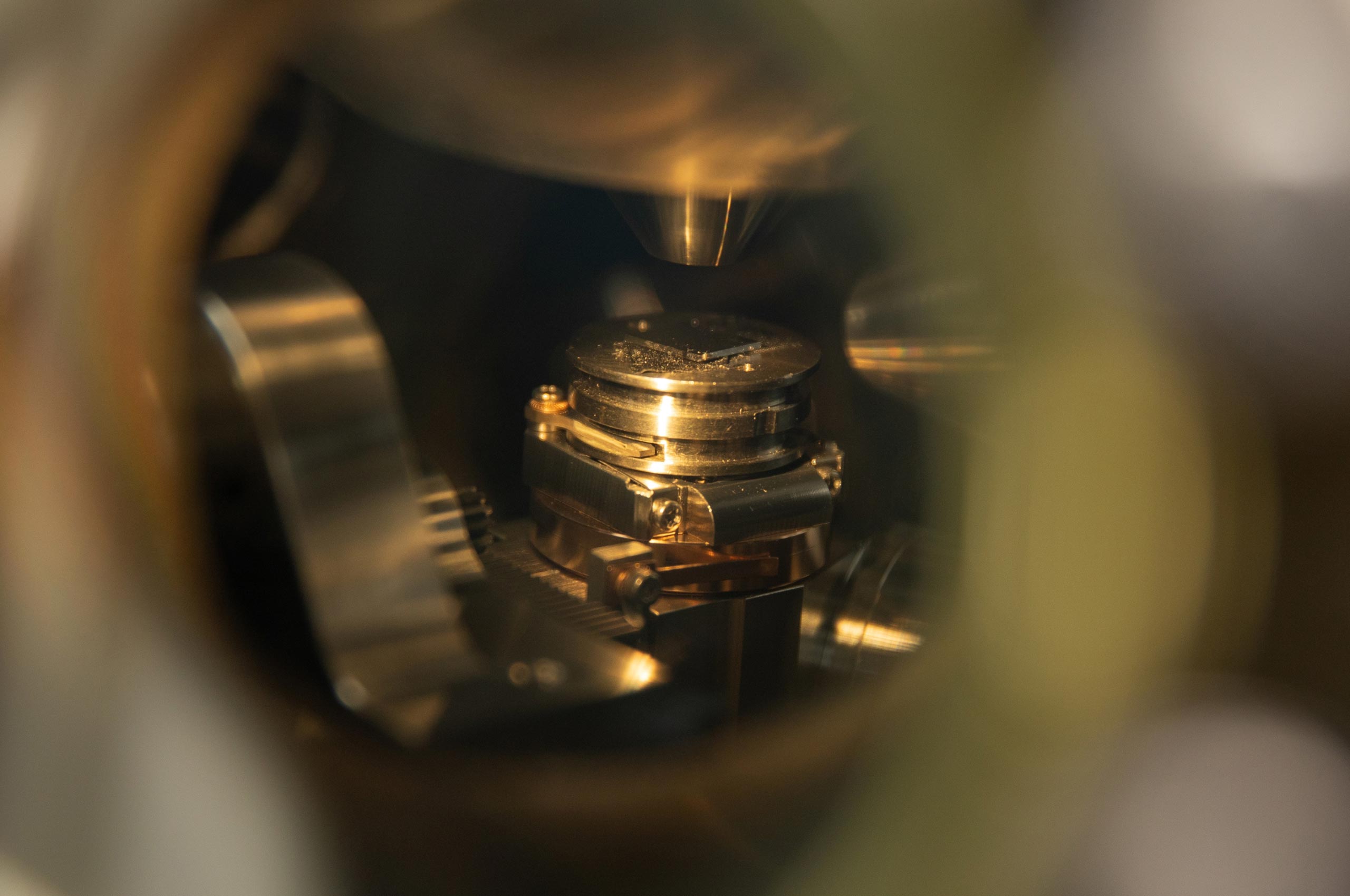
Developing and testing next generation technology solutions for modern industry.
Providing a one-stop-shop for private, corporate and government partners to develop and test next generation technologies to solve modern problems and deliver market ready product solutions.
Transforming ideas into reality through state-of-the-art technology solutions
The Centre for Technology Infusion gives its private, corporate and government partners access to advanced facilities as well as multidisciplinary technological expertise to create user-driven solutions.
We collaborate with local and international partners to take projects from original concept through to development, testing and final market ready products.
The Centre provides a one-stop-shop service, turning innovative ideas into reality using the following capabilities:
- Problem diagnosis
- Designing and developing a solution
- Conducting field trials and assessing impact of solution
- Product concept realisation as a market ready solution
Our Centre works on small and large scale projects to deliver solutions using next generation technologies and solve major problems affecting modern industries.
We have worked on projects across a variety of industries including: agricultural technology, medical technology, energy technology, smart cities, defence and logistics.
Technology adoption
Bringing innovative designs to reality and introducing next generation technology solutions for modern industries
The Centre for Technology Infusion provides multidisciplinary expertise to bring innovative designs into reality and solve current industry problems using next generation technologies.
We collaborate with our partners to analyse current industry challenges, suggest feasible solutions and subject prototype designs to rigorous testing and development. The end result is a high impact, market ready product.
Our research and development team specialises in creating innovative solution designs for:
- Enterprise Internet of Things (IoT) Networks,
- Intelligent Transport Systems
- Smart cities
- Smart logistics
- Smart agriculture
Every project in our Centre is end-user driven with the goal of understanding the end-user, community and policies in every challenge we aim to solve. Our research and development team have deep knowledge about the integrated systems we deploy into real world situations for our projects.
Our development team are highly experience in all aspects of building prototype designs from software and hardware design to manufacturing and testing. Our focus areas include:
- Integrated Circuit (IC) design
- Field Programmable Gate Arrays (FPGA) Chip design
- Radio Frequency designs
Research and development at our Centre is conducted using state-of-the-art equipment that provides our teams with a variety of testing and manufacturing capabilities. Some of our equipment include:
- Battery emulators
- Precision power and development analysers for sodium-ion batteries
- Radio frequency analysers, oscilloscopes and waveform generators
- High performance computers with 120 CPUs
- 3D printers, laser and CNC cutters, soldering workstations and digital microscopes
Our Centre is dedicated to offering our experience and facilities with our partners to introduce ground-breaking next generation technological solutions to help modern industries grow further into the future.
Projects
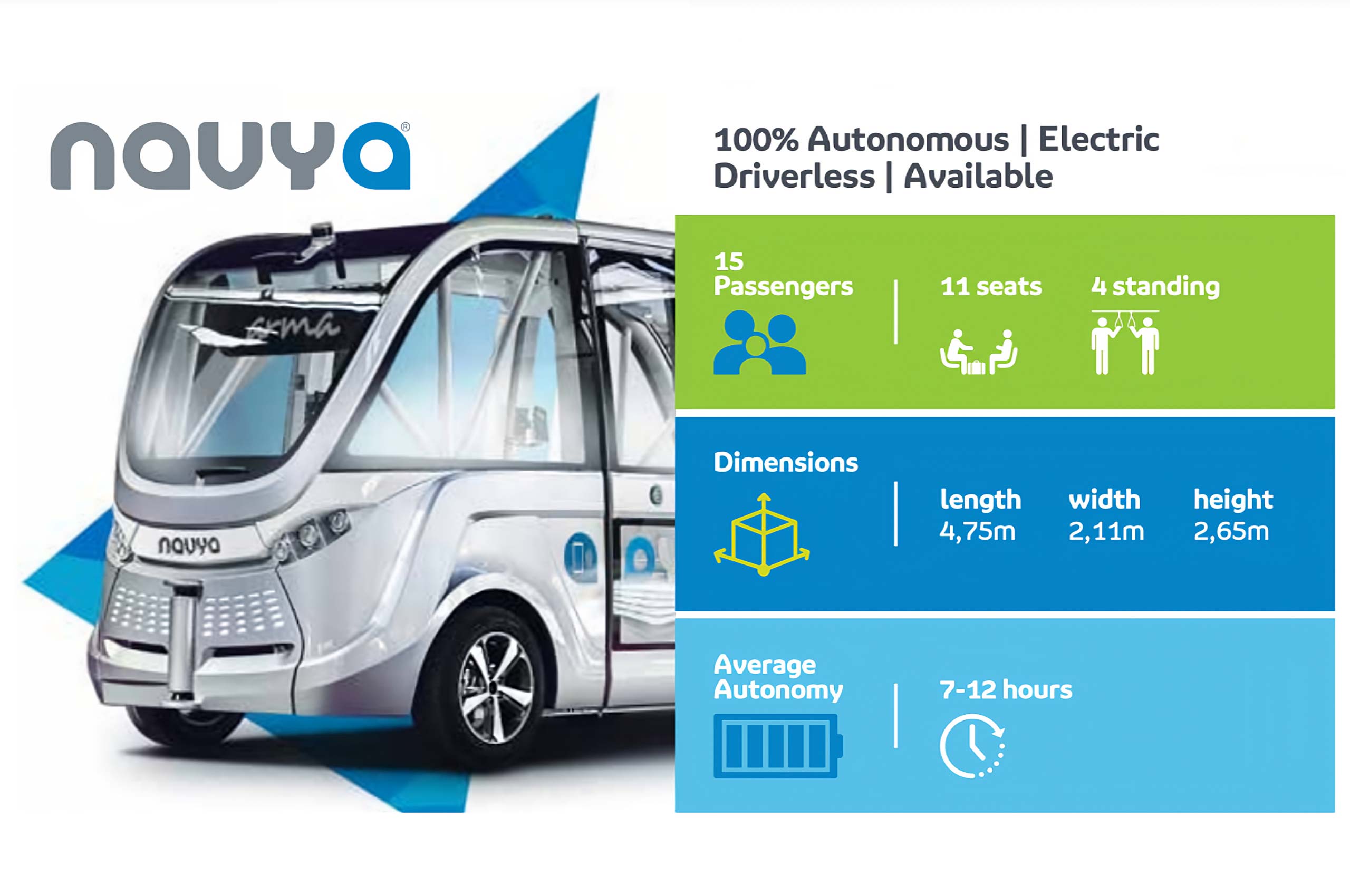
Victoria’s first successful Autonomous bus trial
Lead researcher – Mr Erik van Vulpen
About - Our team in partnership with Keolis Downer, RACV, HMI Technologies and ARRB proposed a sustainable Autonomous Vehicle (AV) pilot program in response to the VicRoads Intelligent Transport System (ITS) Transport Technology Grants Program in March 2016.
The goal was to raise awareness of AV technology capabilities and demonstrate the potential benefits of autonomous shuttles on roads providing greener, smarter, more accessible and affordable transport in the future.
The project was Victoria’s first autonomous shuttle trial. The test trial, with the focus on the ‘first and last mile transport’ was completed at La Trobe University’s Bundoora campus, allowing the public to interact with AV technologies in an urban environment.
Project objectives
- To show the benefits of integrating autonomous vehicles into existing transport systems and allowing the public to interact with this new technology.
- Establish the commercial, legal and technical framework required for adopting autonomous vehicles into current public transport systems.
Project solutions
- The Autonobus trial at the La Trobe University campus in Bundoora, delivered insights on how to integrate autonomous vehicle transport into existing systems, as well as the required regulatory framework, safety provisions, operational services and legal framework for such a scheme and the potential financial benefits it could deliver.
- The test trial highlighted the needs of end-users including efficiency, accessibility and integration into existing networks.
Partners
- Keolis Downer
- HMI
- VicRoads
- ARRB
- RACV
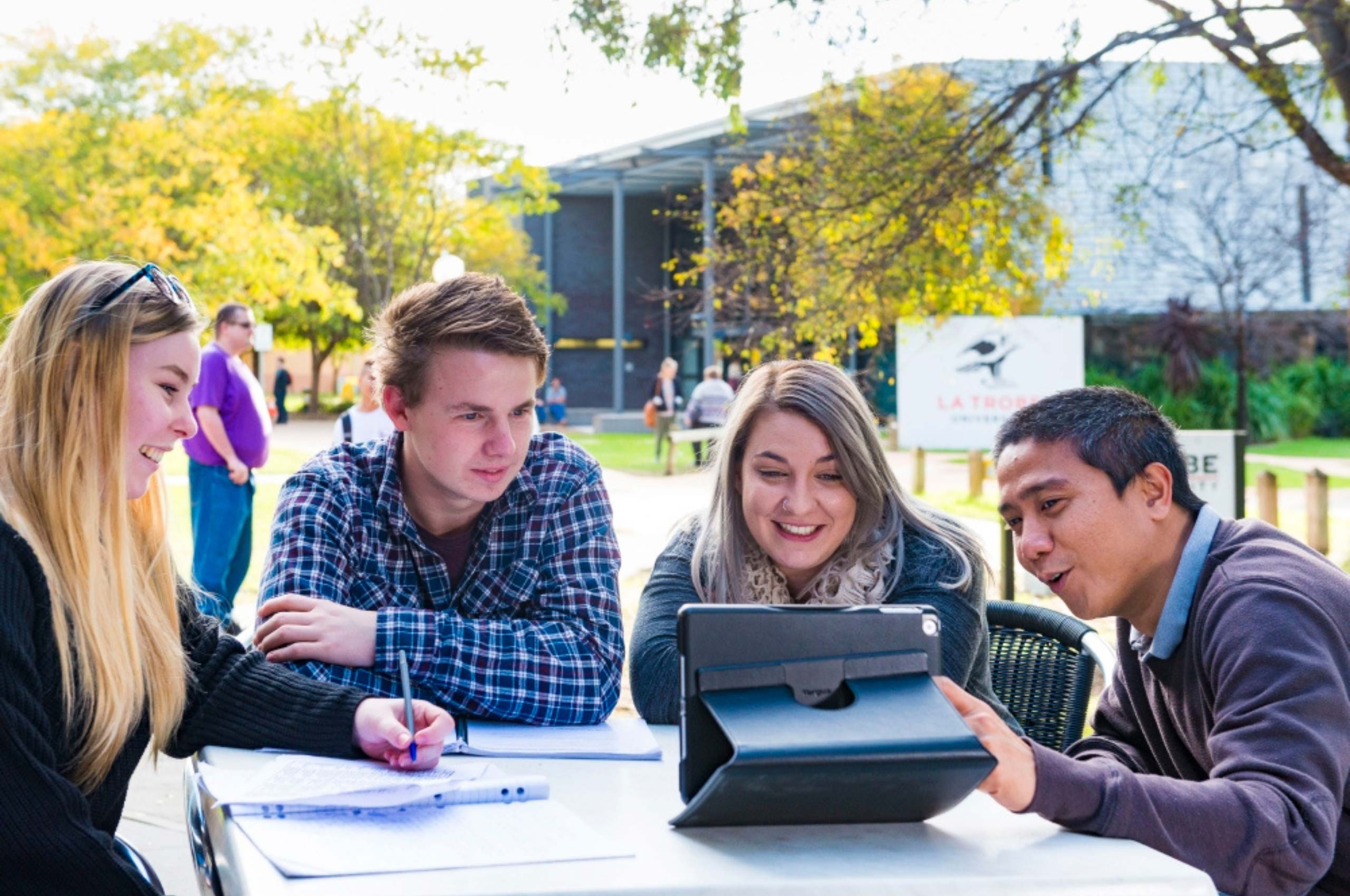
Lead researchers – Dr Lianhua Chi, Haishuai Wang, Zongyuan Ge and Wei Xiang
About – Our team have developed an effective Autism Spectrum Disorder (ASD) prediction model. This uses a person’s characteristics and behavioural data, along with facial images to provide an accurate prediction for diagnosis. ASD is a developmental disorder that affects communication and behaviour. It is critically important to diagnose ASD during the early stages of child development to empower parents and enable them to access available support services.
We have also created a web-based preliminary ASD screening tool. This reduces waiting times to only a few seconds and can provide an accurate prediction using uploaded facial images that helps medical researchers and ASD specialists to deliver an ASD diagnosis for an individual. Our project helped parents quickly and accurately identify children at potential risk for autism. We also provided new insights into ASD research enhancing how doctors evaluate patients with other behavioural disorders.
Partners
- Harvard Medical School
- Fairfield University
- Monash University
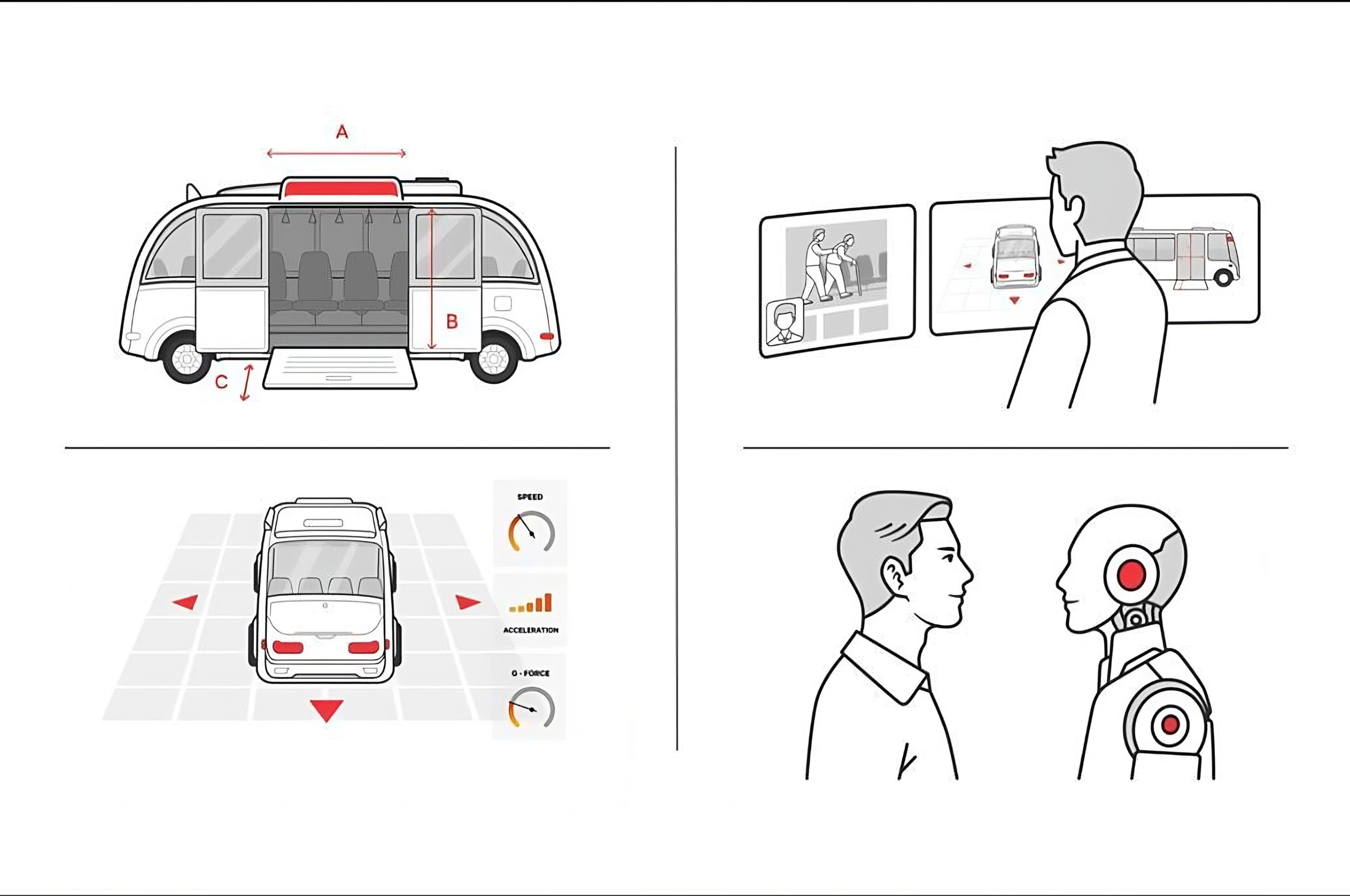
Lead researcher – Mr Erik van Vulpen
Project background:
Several technologies have the potential to deliver a frictionless ticketing experience. This means, the traveller can simply walk through gates and onto a platform and be issued with a ticket automatically. There is no need to tap on and off. This project looks at different ways to achieve this goal.
Project objectives:
- To interrogate the challenges and potential benefits of a frictionless ticketing system. Will it improve accessibility for people with disabilities?
- Develop different systems to make frictionless ticketing possible and consider potential challenges for the end user and supplier.
Project solutions
- Four different options were put forward for consideration, with a key priority to make the system as easy as possible for travellers with a disability.
- With the help of the Physical Disability Council of NSW (PDCN) and the Australian Federation of Disability Organisations (AFDO), we held a series of online information sessions and focus groups to talk to people with lived disabilities. We also consulted disability sector groups, as well as public transport experts managing a lived disability.
- The team talked directly to transport operators to understand their viewpoint. This was supported by a review of current regulations, a literature review and analysis of transport operator websites from around the world.
Partners
- Transport for NSW
- iMOVE
- AFDO
- PDCNSW
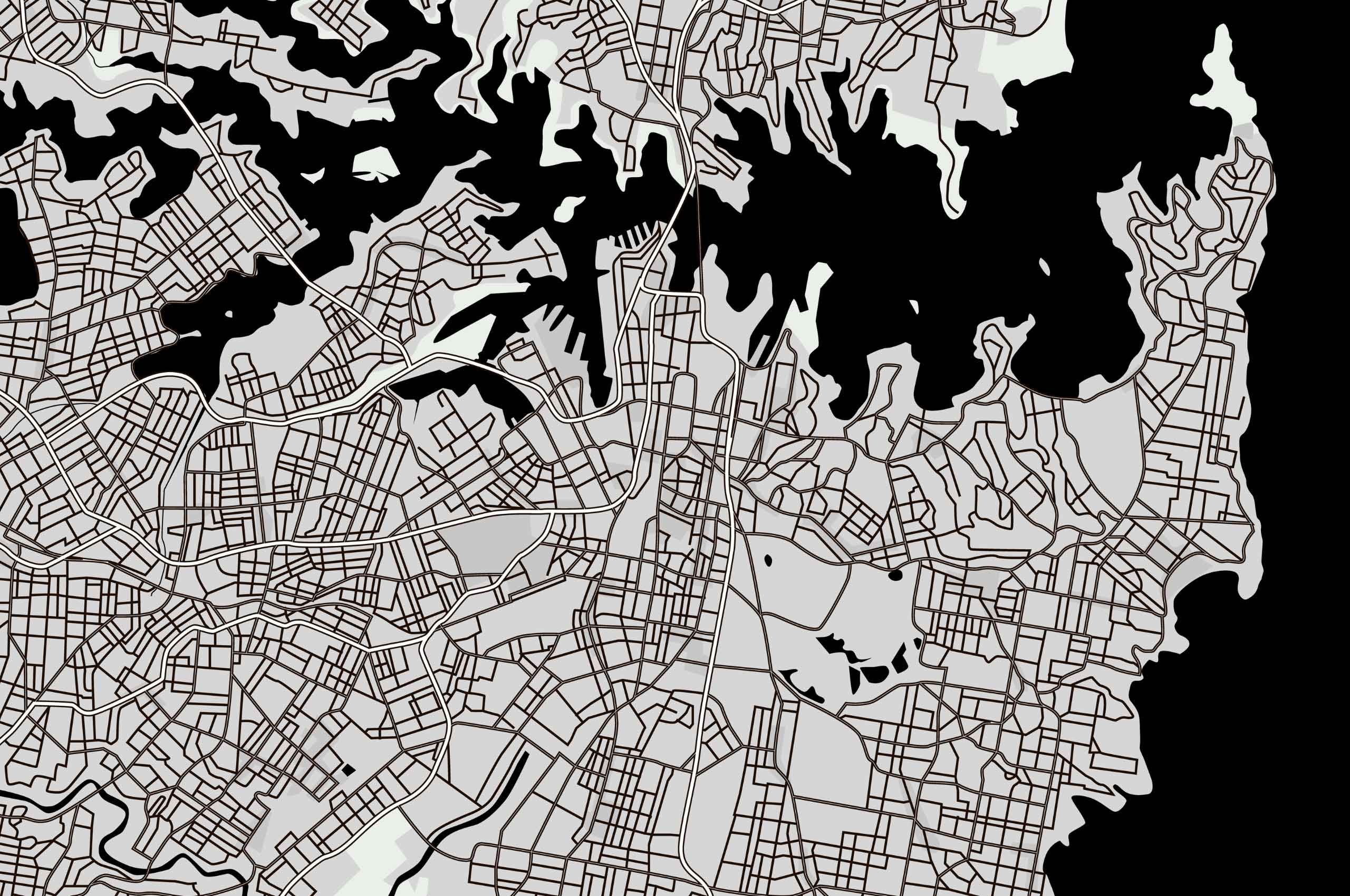
Lead researcher – Mr Erik van Vulpen
Problem:
How can five councils work together deploying a shared Internet of Things (IoT) network?
Solution:
The creation of one of the largest Internet of Things (IoT) networks in Australia, spanning five city councils in Melbourne's North. Including 48 Low Power Wide Area network (LoRaWan) base-stations installed through a Federal Grant (LTU/RMIT/Councils). The Centre provided input into network build, and led data-management, analytics and dashboards solutions for five use cases: air-quality, water level, people counting, asset tracking, and waste bin management.
Partners
- Whittlesea
- Banyule
- Nillumbik
- Mitchel
- Moreland council
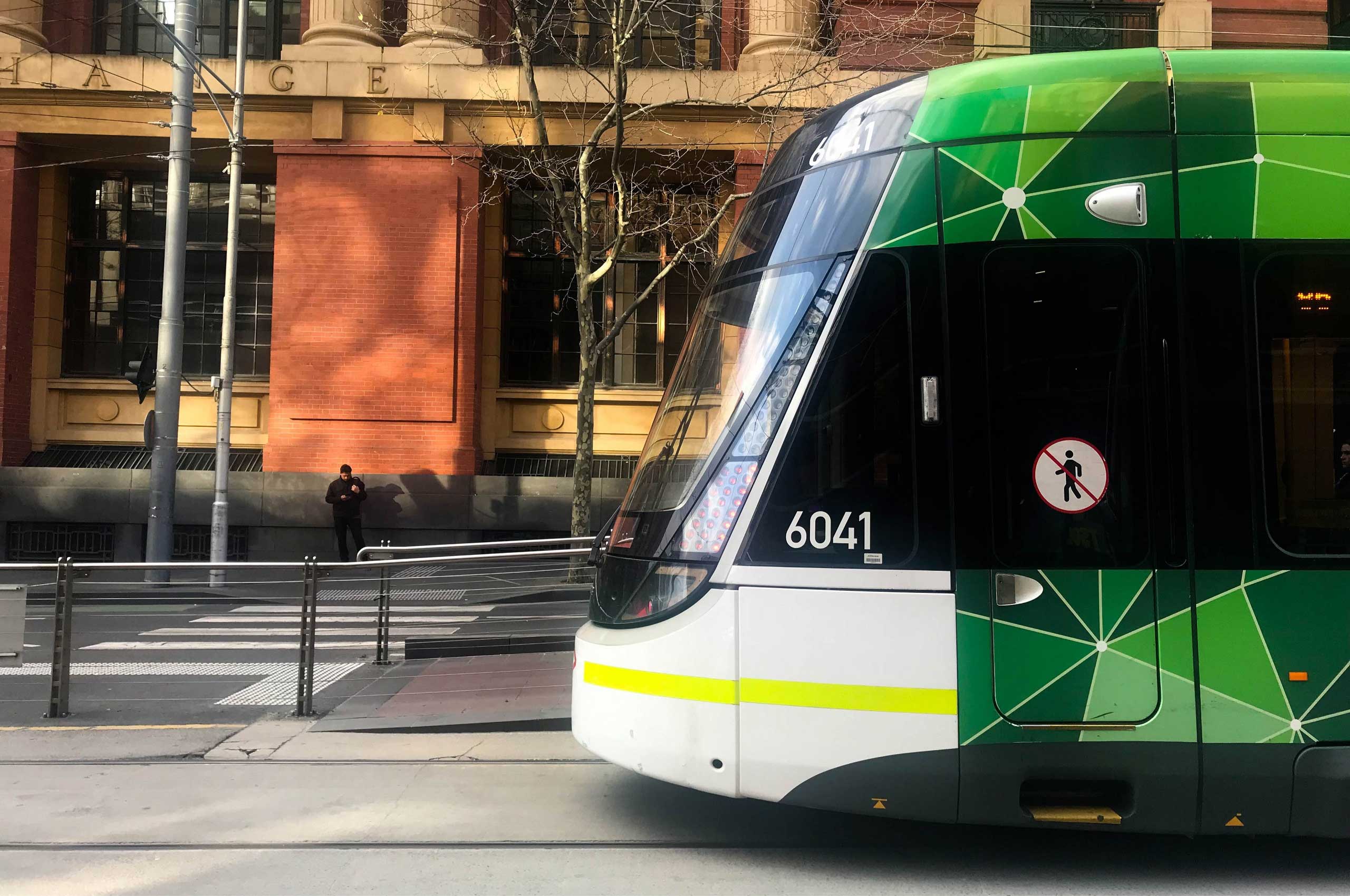
Lead researcher – Mr Erik van Vulpen
Problem:
Melbourne has the world’s longest tram network by track length but has one of the lowest average speeds compared to other world cities.
Solution:
Internet of Things (IoT) technology and virtual detectors and context sensitive algorithms improve traffic light priority setting to be more effective. The Centre developed 25 On-Board-Unit (OBU) devices that are integrated with the tram’s analogue and digital data to provide accurate priority requests to Sydney Coordinated Adaptive Traffic System (SCATS) via Dedicated Short-range Communication (DSRC). We designed and managed a real time data environment (one gigabyte of data per day) and developed algorithms to predict the arrival of the tram at a light. The team then analysed the results using programmatic big data analysis techniques.
Partners
- VicRoads
- ARRB
- Yarra Trams
